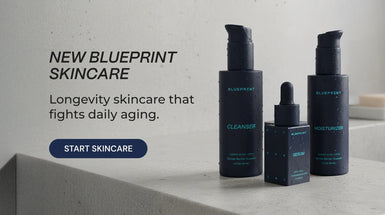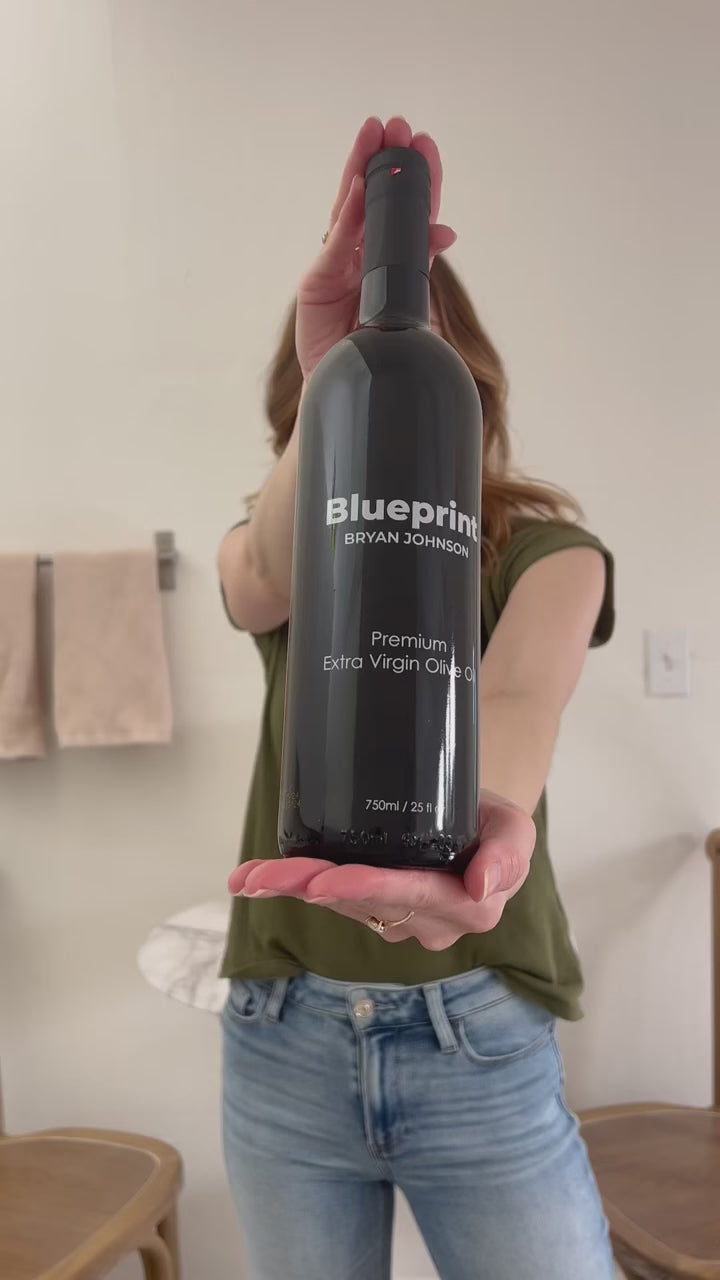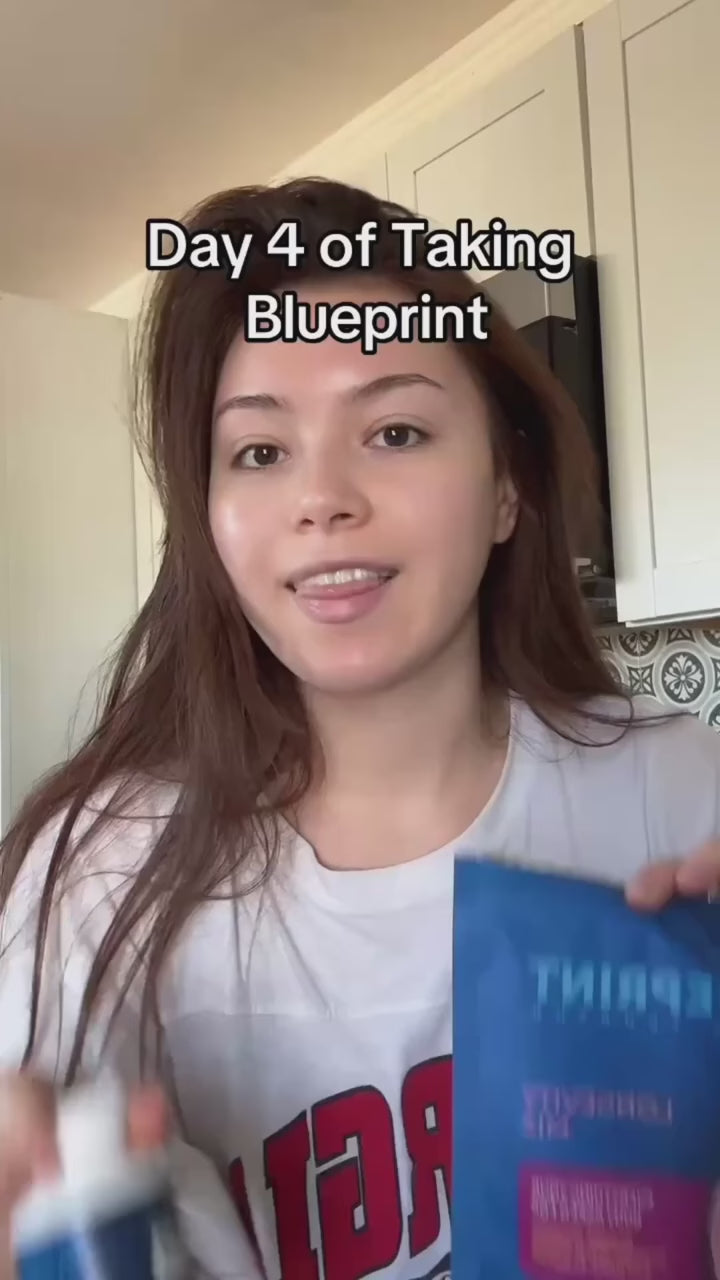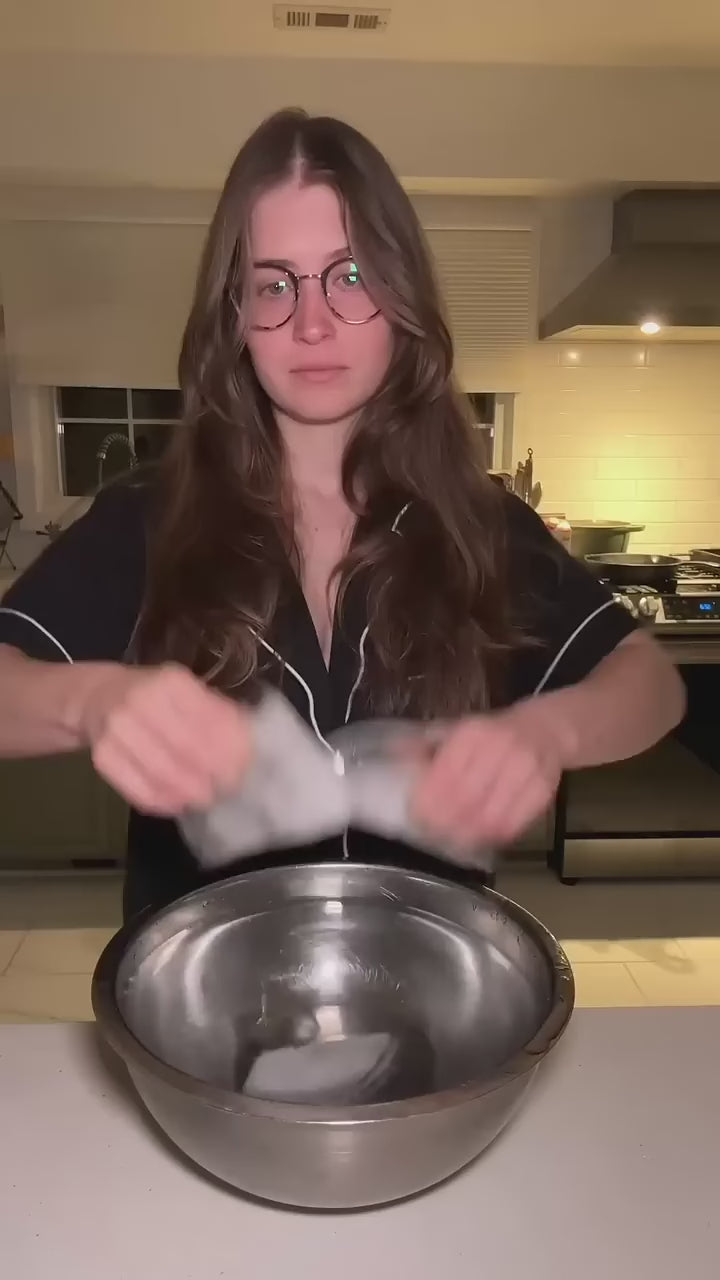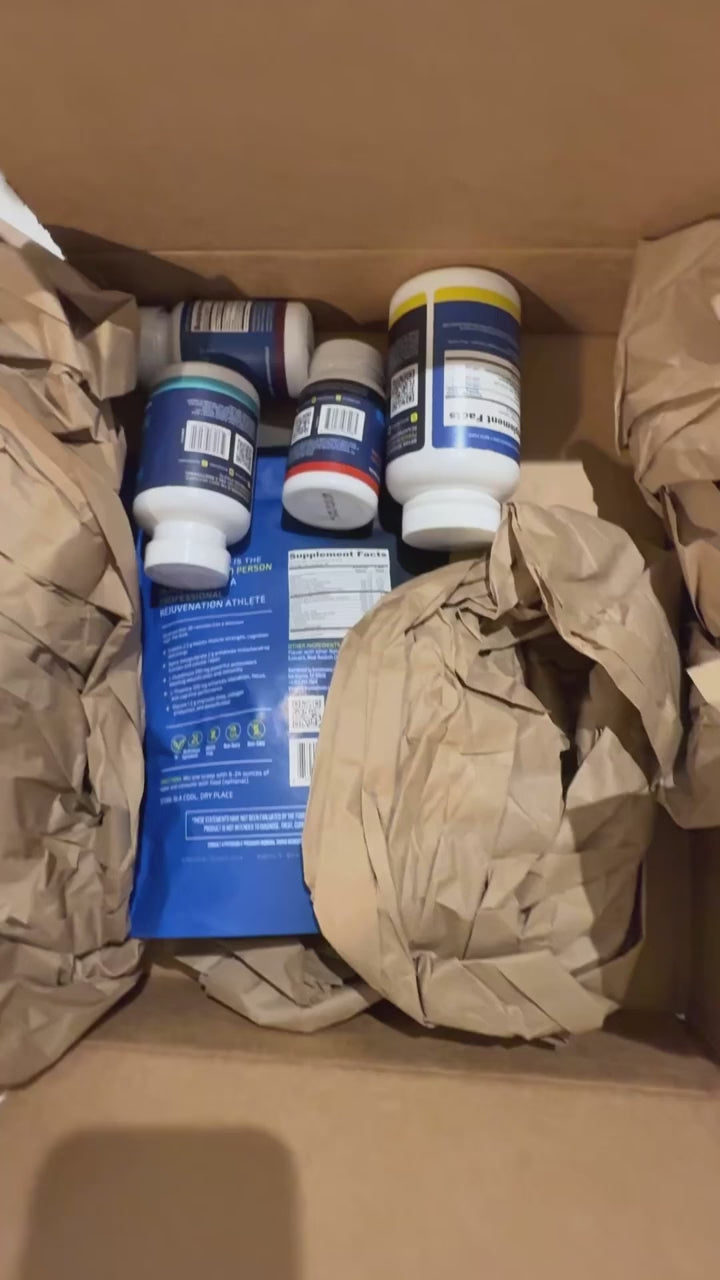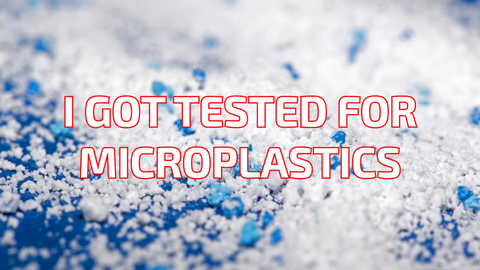Microplastics Test
Pre-order: Expected to ship approx
WHY 1,000,000 CUSTOMERS LOVE US
nutrition microplastics test
Nutrition Facts

Microplastics Test
preorder
This is a pre-order item. Your card will be charged at the time of purchase. The estimated shipping date is .
If the product is not delivered by this date, we will notify you and offer the option to cancel your order for a full refund. Pre-orders may be canceled any time before shipment for a full refund.
For questions, please contact support@bryanjohnson.com.

The World's First Microplastics Blood Test Kit
A finger prick test tells you the kinds of microplastics circulating in your bloodstream and how you compare to others. Science begins with counting.
With this data, we will work together as a community to see if we can make headway in learning together how we can reduce our microplastic load. We may find that drinking water is the worst offender and would help us concentrate our efforts. We may find certain therapies, such as donating plasma, are great in lowering concentrations. Science begins with counting and when we have the data, we can make systematic progress.
View Sample Report
Step 1.
Order your at-home test kit today.
Step 2.
The test will be delivered straight to your door.
Step 3.
Read the instructions to register the kit and follow the instructions to collect your sample.
Step 5.
Learn about your health and recommendations on how to improve your biomarkers.
Step 1.
Order Speed of Aging and Microplastics tests. They can be done from the comfort of your home. These tests will give you a baseline of your starting point and then we can get started on improvement.
Step 2.
Bloodwork - after ordering the test from Blueprint, you’ll visit one of 3500 labs in the USA and get either 67 or 108 biomarkers tested to get a comprehensive look into your whole body’s health via blood biomarkers.
Step 3.
View your results securely via pdf or our app.

Step 4.
Start today. Take control of your health and let Blueprint be your one stop shop for longevity and data.
FAQs
Microplastics are tiny plastic particles measuring less than 5 millimeters in length, often invisible to the naked eye. Due to their small size, they can easily accumulate in humans, potentially impacting human health when ingested or inhaled.
The science on microplastics is still emerging, and as we work to identify the biggest contributors, measurement will be crucial for understanding and tracking progress.
There is emerging evidence about strategies to reduce microplastics, and we’re committed to sharing the latest insights as they become available. Bryan is currently testing Total Plasma Exchange (TPE) as a potential method to lower microplastics levels and will share his results soon.
In the meantime, here are some simple, evidence-informed actions you can take today to minimize exposure.
- Avoid plastic water bottles: Avoid drinking water from plastic bottles.
- Water filtration: Install a reverse osmosis water filter in your home with remineralization to remove microplastics and improve water quality.
- Storage: Use non-plastic food storage containers like glass, stainless steel, or ceramic.
- Takeaway: Bring your own reusable stainless steel mug for takeaway beverages.
- Canned soup: Avoid canned soups. A randomized cross-over controlled trial found that BPA concentration in urine went up by 20 folds to 20.8ug/L after a week of consuming canned soup as opposed to 1.1ug/mL for fresh soup.
- Cutting boards: Use wooden cutting boards to avoid microplastic shedding.
- Safety: Avoid heating food in plastic containers to prevent chemical leaching.
- Cookware: Use cast iron or stainless steel cookware instead of non-stick pans.
- Utensils: Use wooden, metal, or silicone cooking tools instead of plastic.
- Clothing: Choose natural fiber clothing and home textiles like cotton, bamboo, linen, hemp, wool, or silk to avoid microfibers.
- Detergents: Use plastic-free laundry and dishwashing detergents to prevent microplastic contamination.
- Cleaning: Vacuum with a HEPA filter to trap microplastics in dust; sealed windows and air purifiers can help in polluted areas.
- Receipts: Avoid handling thermal paper receipts; opt for digital receipts when possible.
These steps are a great starting point. As research evolves, we’ll keep you updated on new methods and protocols to tackle microplastics more effectively. Remember, progress is measured one step at a time.
Common sources of microplastics include drinking water, tap water, bottled water, and plastic materials and products such as packaging. These particles often originate from plastic pollution in aquatic environments like freshwater, estuaries, marine habitats, and sediments. Wastewater and surface waters also contribute to microplastic pollution, spreading particles throughout ecosystems. Microplastics can also be ingested in the air we breathe. Ingesting microplastics through these sources poses a risk to both human health and ecosystems.
Yes, microplastics and nanoplastics are considered harmful. Ingestion and exposure to microplastics can disrupt hormones, cause inflammation, and lead to chronic health problems. Microplastic particles and their associated chemicals, such as BPA, PFAS, and phthalates, have been linked to a range of adverse health effects, including endocrine disruption, metabolic disturbances, increased risks of cancer, and immune responses. Long-term exposure is linked to increased risks of reproductive issues, metabolic syndrome, and other chronic health conditions. Reducing levels of these contaminants in your body can be critical for minimizing health risks.
Our microplastics testing process is precise and rigorous. The Blueprint test analyzes blood plasma to quantify the concentration of various microplastic particles and plastic-associated chemicals present.
Our lab partner isolates and measures microplastic particles and nanoplastics, typically measured in nanometers, to determine your body's specific exposure levels.
This is the first microplastics test to make it to market because common blood analysis methods like Liquid Chromatography-Mass Spectrometry (LC-MS) use equipment and materials coated in plastics during storage and processing. Our lab partner developed a plastic-free Fluorescent Microscopy (FM) methodology using only glass, metal, or paper to avoid contamination.
Bryan Johnson is the most biologically measured person in history and has the best comprehensive biomarkers of anyone in the world. After selling his first company Braintree Venmo to PayPal for $800M, Bryan embarked on a journey asking the question if we will be the first generation to not die. With a team of 30 medical professionals, Bryan and team built the world’s best longevity protocol, which they freely share with the world.
Blueprint has partnered with a third party laboratory with facilities in both Michigan and the Netherlands to develop the world’s first microplastics test. The lab is specially built to process the microplastic samples, itself being plastic free. It’s the only micro-plastics free lab in the world that we are aware of.
The lab is independently subject to privacy and security obligations. Blood samples are destroyed by the lab 30 days after processing. The benchmarking data we share with users is aggregated and doesn’t identify any individuals. Data is encrypted in transit and at rest, and access is securely controlled.
Register your Microplastic Kit here
You will receive your results within 4-6 weeks via email and through the Don't Die mobile app (if you use the same email address for both services). We provide a video tutorial showing how to access your test status and results.
No, we do not provide results interpretation. However, you can take your labs to a healthcare provider such as WildHealth. You can sign up for a WildHealth concierge medicine membership using code BJ10.
Yes, you must be 18 or older to register and use our tests. We do not accept parent or guardian consent for minors.
No, we currently do not service any labs internationally due to operational and regulatory reasons. You can sign up to be notified when we launch in your country by visiting our website and adding your country information.
